Home>Gardening & Outdoor>Plant Care & Gardening Tips>What Is A US Native Plant Substitute For Ginger
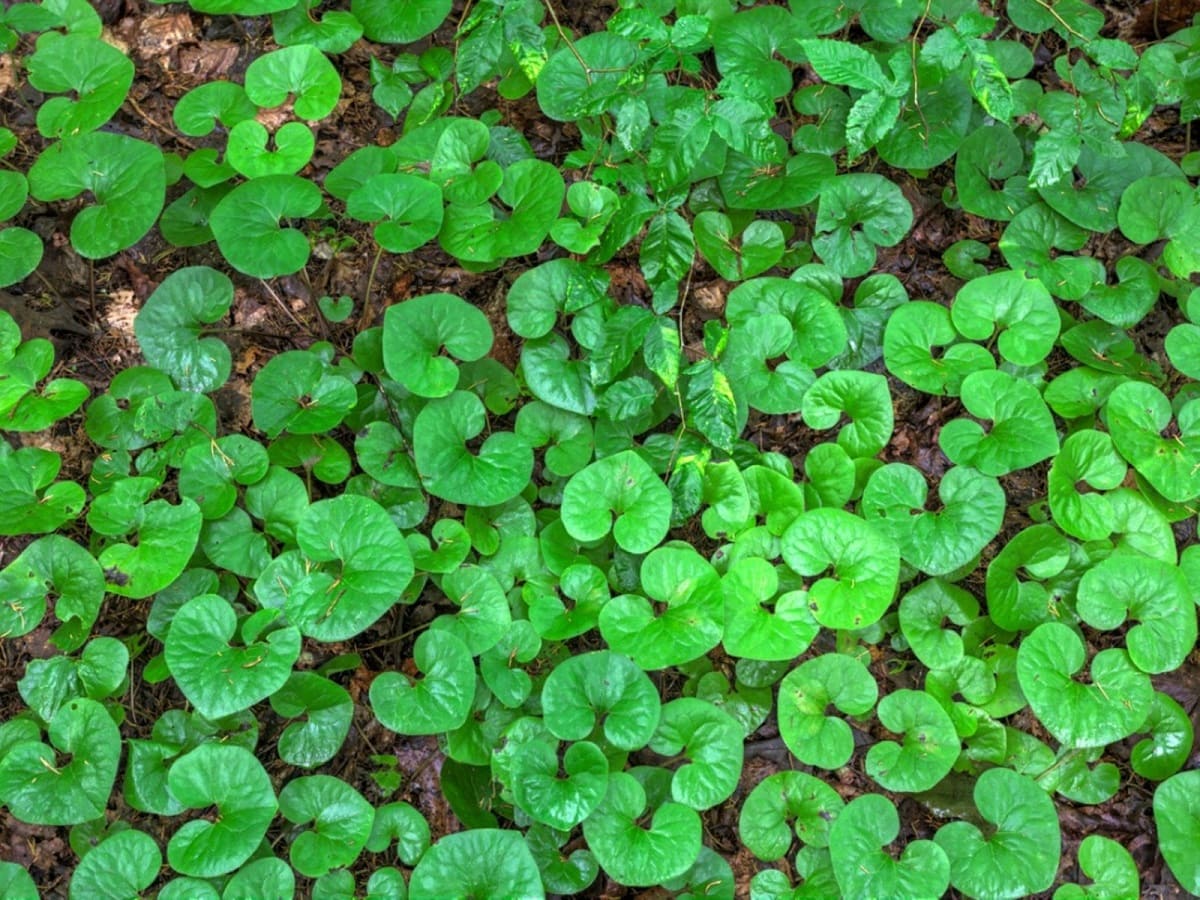

Plant Care & Gardening Tips
What Is A US Native Plant Substitute For Ginger
Modified: January 4, 2024
Discover the best US native plant substitute for ginger and get expert plant care and gardening tips to enhance your green space. Explore sustainable alternatives now!
(Many of the links in this article redirect to a specific reviewed product. Your purchase of these products through affiliate links helps to generate commission for Storables.com, at no extra cost. Learn more)
Introduction
So, you're a plant enthusiast looking to add a touch of zest to your garden or kitchen with the vibrant, aromatic flavor of ginger. However, you're also passionate about supporting local ecosystems and promoting biodiversity. The good news is that there are fantastic native plant substitutes for ginger that can thrive in your local environment while offering similar culinary and medicinal benefits. In this article, we'll explore the fascinating world of native plant substitutes for ginger, providing insights into their cultivation, culinary uses, and ecological advantages.
By delving into the realm of native plant substitutes, you'll not only expand your gardening repertoire but also contribute to the preservation of indigenous flora. Get ready to embark on a journey of discovery as we uncover the natural treasures that can serve as delightful alternatives to traditional ginger. Whether you're a seasoned horticulturist or a novice gardener, this exploration promises to inspire and inform, offering practical guidance for integrating these native wonders into your green spaces and kitchen endeavors. Let's dive in and unearth the wonders of native plant substitutes for ginger!
Key Takeaways:
- Embrace local biodiversity by using native plant substitutes like wild ginger, spicebush, and woodland sunflower to add unique flavors to your dishes while supporting the preservation of indigenous flora.
- Cultivate sustainable gardens and savor diverse flavors by growing and using native plant substitutes, contributing to the conservation of regional biodiversity and the promotion of ecologically conscious lifestyles.
Read more: What Is A Non-Native Plant
Understanding Ginger
Ginger, scientifically known as Zingiber officinale, is a perennial flowering plant renowned for its culinary, medicinal, and ornamental value. Originating from Southeast Asia, this herbaceous plant has made its way into diverse cuisines and herbal traditions around the world. Its knobby rhizomes, which are the underground stems of the plant, boast a pungent, peppery flavor with subtle citrus and earthy undertones, making it a versatile ingredient in both savory and sweet dishes.
Beyond its culinary allure, ginger is celebrated for its numerous health benefits. It contains bioactive compounds such as gingerol, which exhibit anti-inflammatory and antioxidant properties. As a result, ginger has been used for centuries in traditional medicine to alleviate nausea, aid digestion, and reduce muscle soreness. Its warm, spicy aroma and invigorating taste also make it a popular choice for brewing soothing teas and crafting aromatic infusions.
In addition to its practical uses, ginger adds a touch of exotic charm to gardens and landscapes. Its lush foliage and delicate, cone-shaped flowers can enhance the visual appeal of outdoor spaces, creating a tropical ambiance in temperate regions. Whether grown in containers or garden beds, ginger plants can thrive in well-draining, fertile soil with partial shade, making them adaptable to various growing environments.
As you savor the multifaceted allure of ginger, you may also ponder its ecological footprint. While ginger itself may not be native to many regions outside of its original habitat, exploring indigenous alternatives can align with sustainable gardening practices and support local biodiversity. By understanding the essence of ginger and its diverse attributes, you'll be better equipped to appreciate the unique qualities of native plant substitutes that we'll soon delve into.
Native Plant Substitutes for Ginger
When seeking native plant substitutes for ginger, it’s essential to consider species that offer comparable flavors, aromas, and medicinal properties while thriving in local ecosystems. One standout option is the wild ginger, Asarum canadense, a native North American plant that shares a name and certain flavor notes with its tropical counterpart. The rhizomes of wild ginger emit a spicy, earthy fragrance and can be used as a milder substitute for traditional ginger in culinary applications. While the flavor profile may differ slightly, incorporating wild ginger into recipes can infuse dishes with a delightful hint of warmth and complexity.
Another compelling alternative is the spicebush, Lindera benzoin, a deciduous shrub native to eastern North America. Its aromatic twigs and berries possess a zesty, peppery flavor reminiscent of ginger, making it a versatile ingredient for seasoning dishes or brewing flavorful infusions. The spicebush’s culinary versatility and adaptability to various growing conditions make it a valuable addition to gardens and natural landscapes, enriching both the palate and the environment.
For those intrigued by the citrusy nuances of ginger, the woodland sunflower, Helianthus divaricatus, presents an appealing substitute. This native perennial, also known as the rough sunflower, imparts a subtly tangy, aromatic essence reminiscent of ginger’s citrus undertones. The edible tubers of the woodland sunflower can be harvested and used to infuse dishes with a refreshing, lemony twist, offering a unique alternative to traditional ginger in culinary creations.
Exploring these native plant substitutes for ginger opens up a world of culinary possibilities while fostering a deeper connection to local ecosystems. By embracing these indigenous treasures, you can savor the distinctive flavors and aromas they offer, all while championing the conservation of native plant species and the preservation of regional biodiversity.
Try using wild ginger (Asarum canadense) as a substitute for traditional ginger. It has a similar flavor and can be used in cooking and herbal remedies.
Growing and Using Native Plant Substitutes
Cultivating and utilizing native plant substitutes for ginger is a rewarding endeavor that harmonizes with sustainable gardening practices and promotes ecological resilience. Whether you’re an avid gardener or a culinary enthusiast, integrating these indigenous gems into your green spaces and kitchen endeavors can yield a host of benefits.
When it comes to growing native plant substitutes such as wild ginger, spicebush, and woodland sunflower, understanding their preferred growing conditions is key to fostering their vitality. Wild ginger thrives in shaded woodland settings with rich, moist soil, making it an ideal candidate for woodland gardens or shaded borders. Spicebush, on the other hand, adapts well to a range of soil types and light conditions, from moist woodlands to drier upland sites, offering flexibility in garden placement. The woodland sunflower flourishes in partial to full sun and well-drained soil, making it a versatile addition to perennial borders and naturalized garden areas.
By selecting suitable planting locations and providing optimal care, you can nurture these native plant substitutes to their full potential, creating thriving enclaves of indigenous flora in your outdoor spaces. As these plants mature, you can harvest their rhizomes, twigs, or tubers to infuse your culinary creations with their distinctive flavors, adding a local, sustainable twist to your dishes.
From wild ginger-infused soups and marinades to spicebush-scented teas and woodland sunflower-accented salads, the culinary possibilities are as diverse as the plants themselves. Embracing these native alternatives allows you to explore new dimensions of flavor while celebrating the richness of your local environment. By incorporating these plant substitutes into your culinary repertoire, you can savor their unique aromas and tastes, all while supporting the conservation of native plant species and the cultivation of sustainable, ecologically conscious lifestyles.
As you cultivate and utilize these native plant substitutes, you’ll not only enrich your own gardening and culinary experiences but also contribute to the preservation of indigenous flora and the promotion of biodiversity. By nurturing these natural treasures, you’ll play a vital role in fostering a harmonious relationship between humans and the plant kingdom, one that honors the legacy of traditional botanical wisdom while embracing the diversity of local ecosystems.
Conclusion
As we conclude our exploration of native plant substitutes for ginger, we’ve embarked on a journey that transcends the boundaries of traditional gardening and culinary practices. By delving into the realm of indigenous flora, we’ve uncovered a tapestry of flavors, aromas, and ecological significance that enrich our lives in multifaceted ways. Through the lens of wild ginger, spicebush, and woodland sunflower, we’ve witnessed the remarkable potential of native plant substitutes to invigorate our gardens, tantalize our taste buds, and fortify our commitment to environmental stewardship.
Embracing these native alternatives not only expands our culinary horizons but also deepens our connection to the natural world. As we cultivate these plants in our gardens, we become stewards of biodiversity, nurturing species that have evolved alongside local ecosystems for millennia. In doing so, we honor the resilience and adaptability of indigenous flora, recognizing their intrinsic value in sustaining the intricate web of life that sustains us all.
By incorporating these native plant substitutes into our culinary creations, we celebrate the diverse tapestry of flavors that our local landscapes offer. From the earthy warmth of wild ginger to the zesty allure of spicebush and the citrusy tang of woodland sunflower, each plant imparts a unique essence that reflects the terroir of its native habitat. In savoring these flavors, we pay homage to the richness of our surroundings, forging a deeper connection to the land that nourishes and inspires us.
As we partake in the beauty and bounty of native plant substitutes, we become advocates for sustainable living and environmental harmony. By choosing these indigenous alternatives, we contribute to the preservation of native plant species, the conservation of regional biodiversity, and the cultivation of resilient, ecologically conscious landscapes. In doing so, we champion a vision of gardening and gastronomy that honors the heritage of local ecosystems, fostering a legacy of stewardship for generations to come.
So, as you embark on your journey with native plant substitutes for ginger, may you savor the vibrant flavors, embrace the ecological wisdom, and cultivate a deeper appreciation for the natural wonders that surround you. Through your endeavors, may you become a guardian of indigenous flora, a connoisseur of local terroir, and a champion of sustainable living. Together, let us nurture the beauty and diversity of our native landscapes, one plant at a time.
Frequently Asked Questions about What Is A US Native Plant Substitute For Ginger
Was this page helpful?
At Storables.com, we guarantee accurate and reliable information. Our content, validated by Expert Board Contributors, is crafted following stringent Editorial Policies. We're committed to providing you with well-researched, expert-backed insights for all your informational needs.

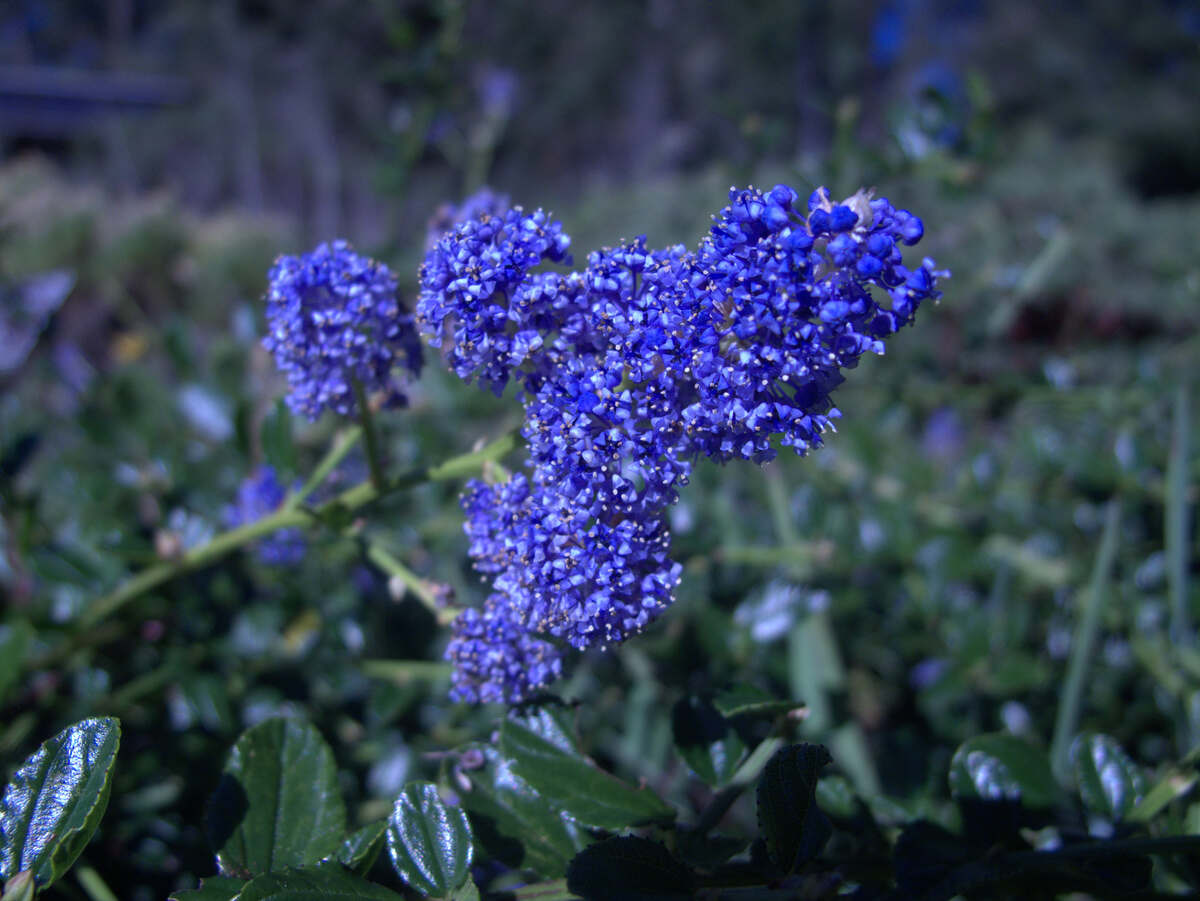
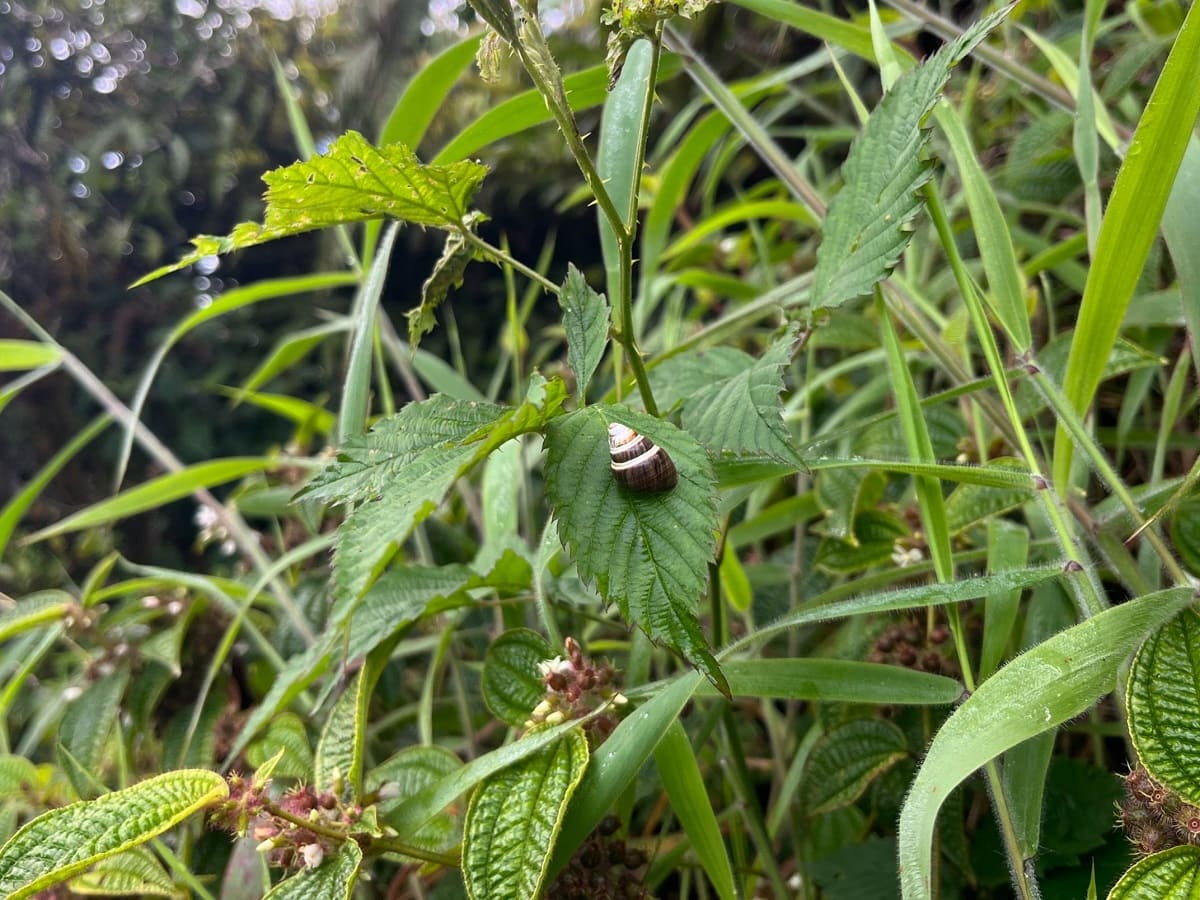
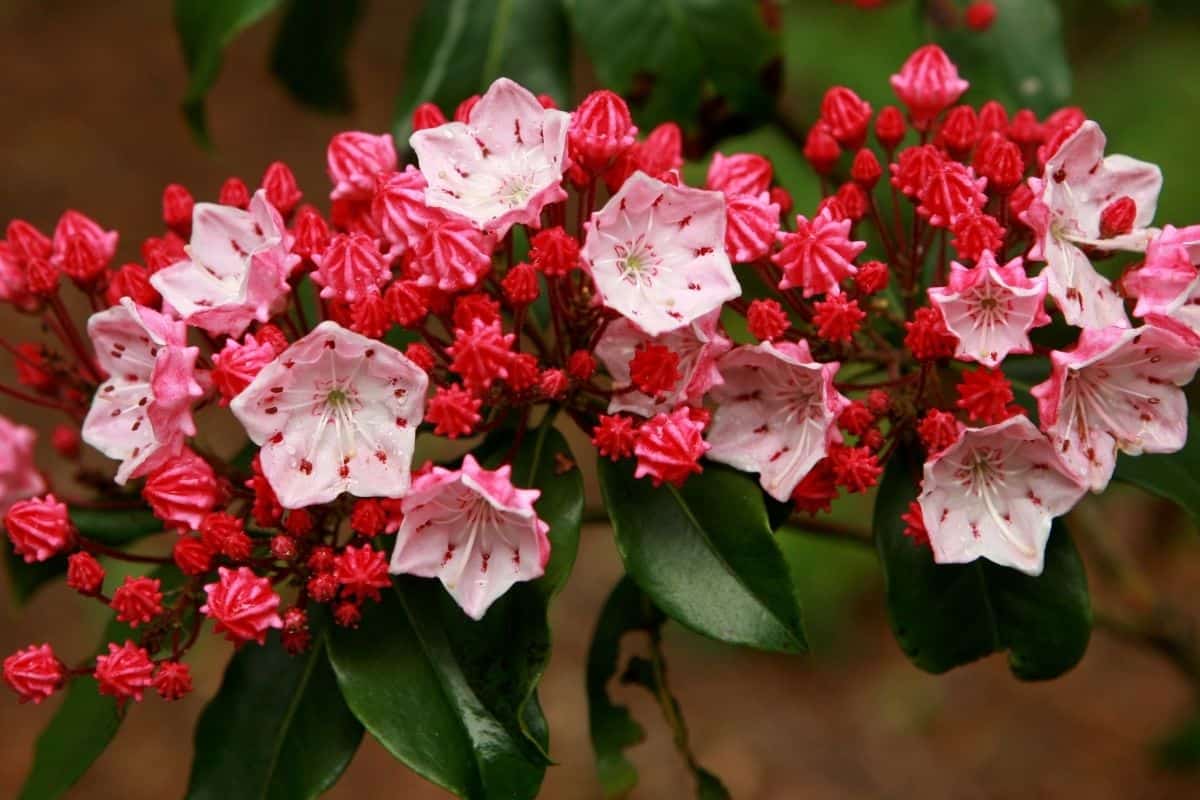
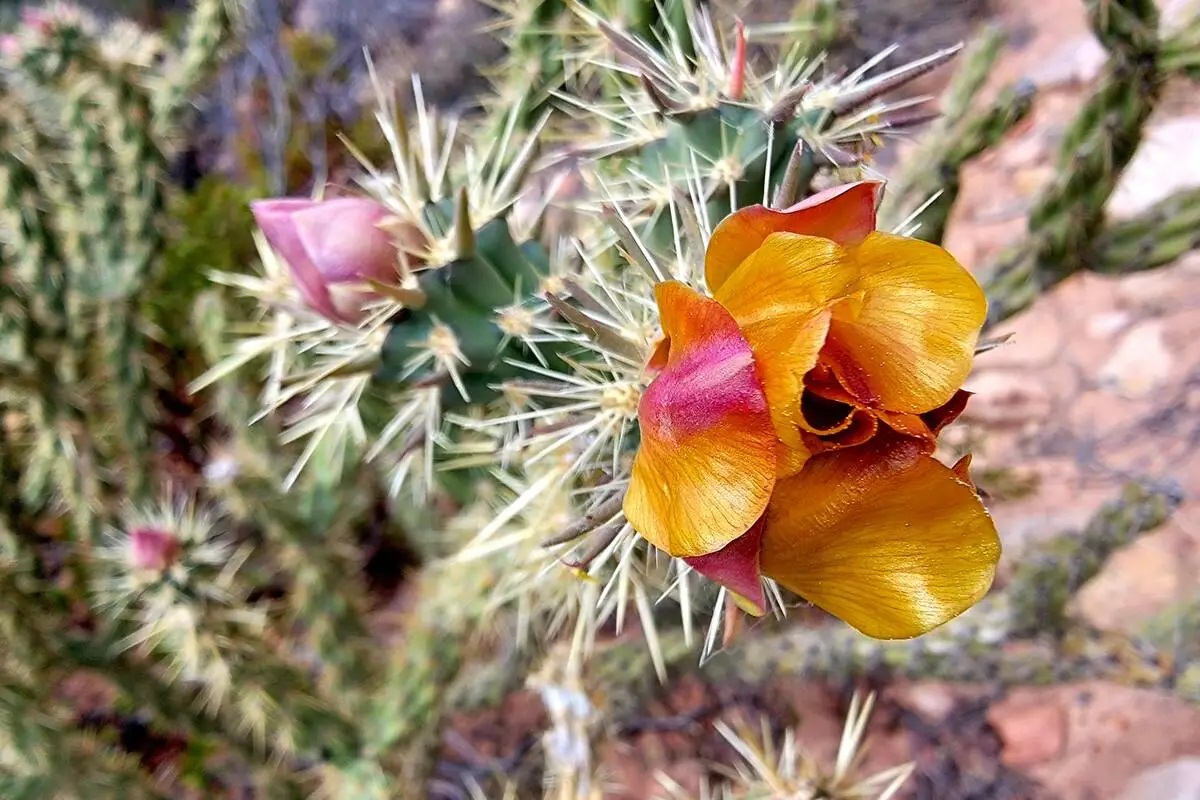
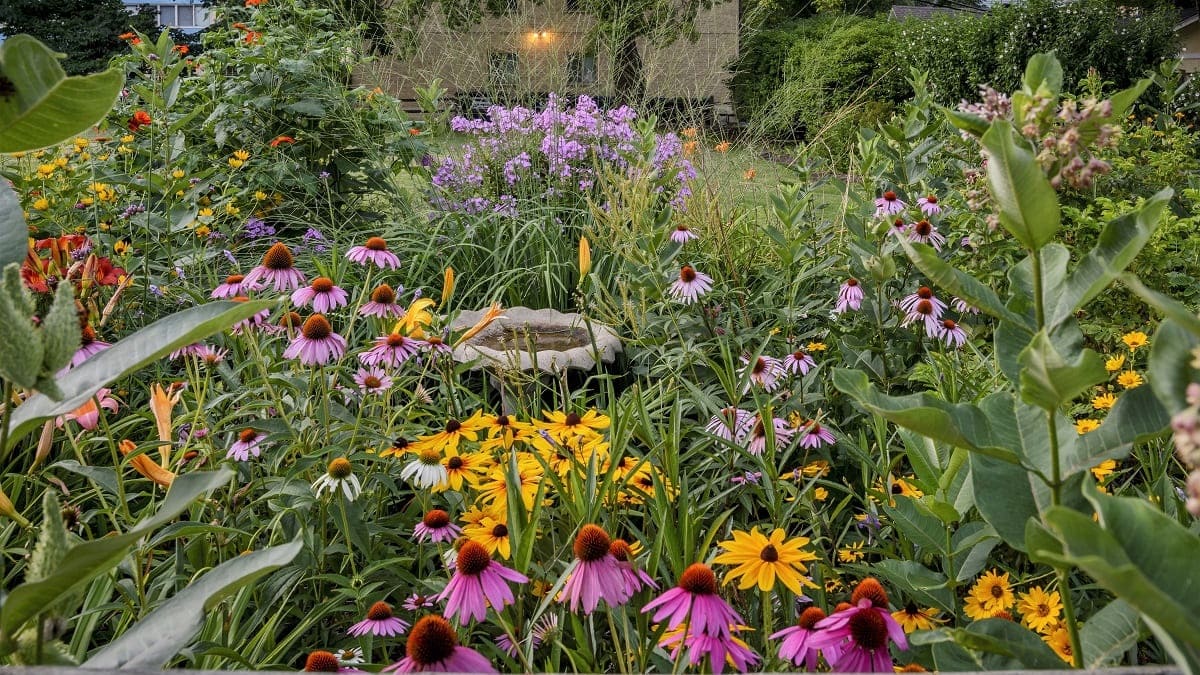
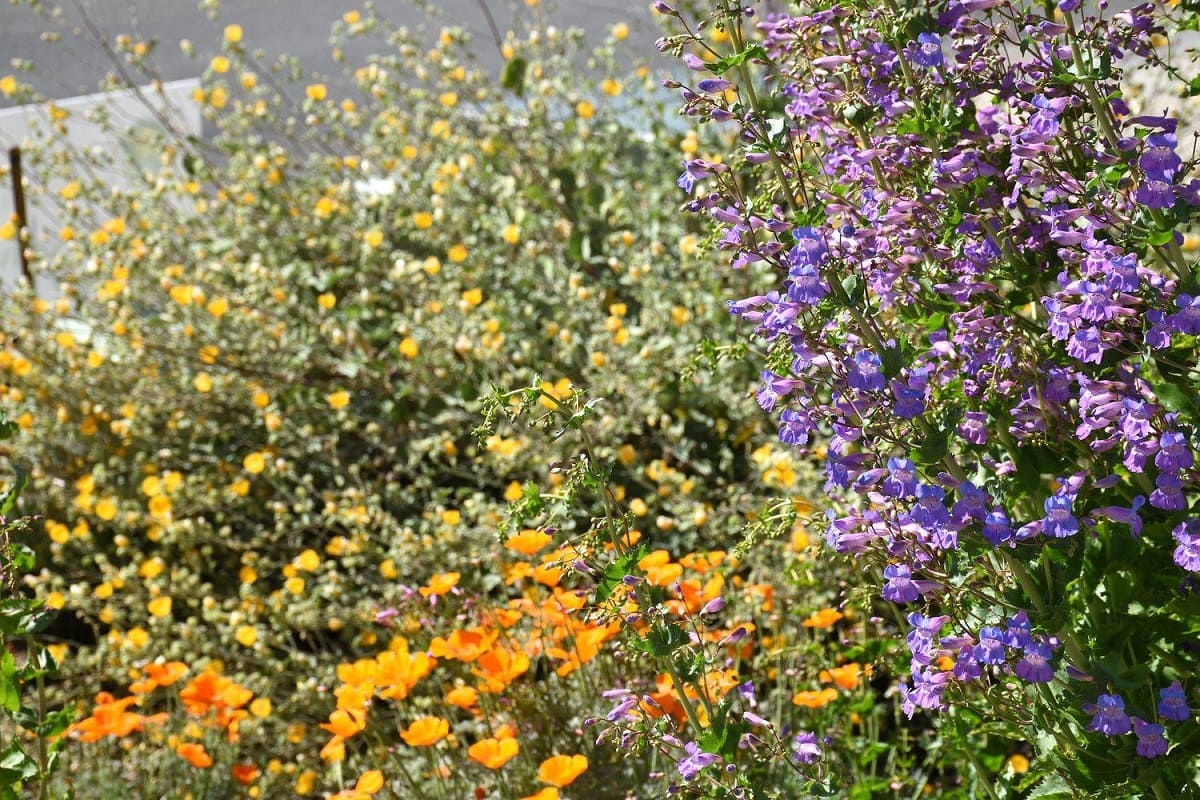

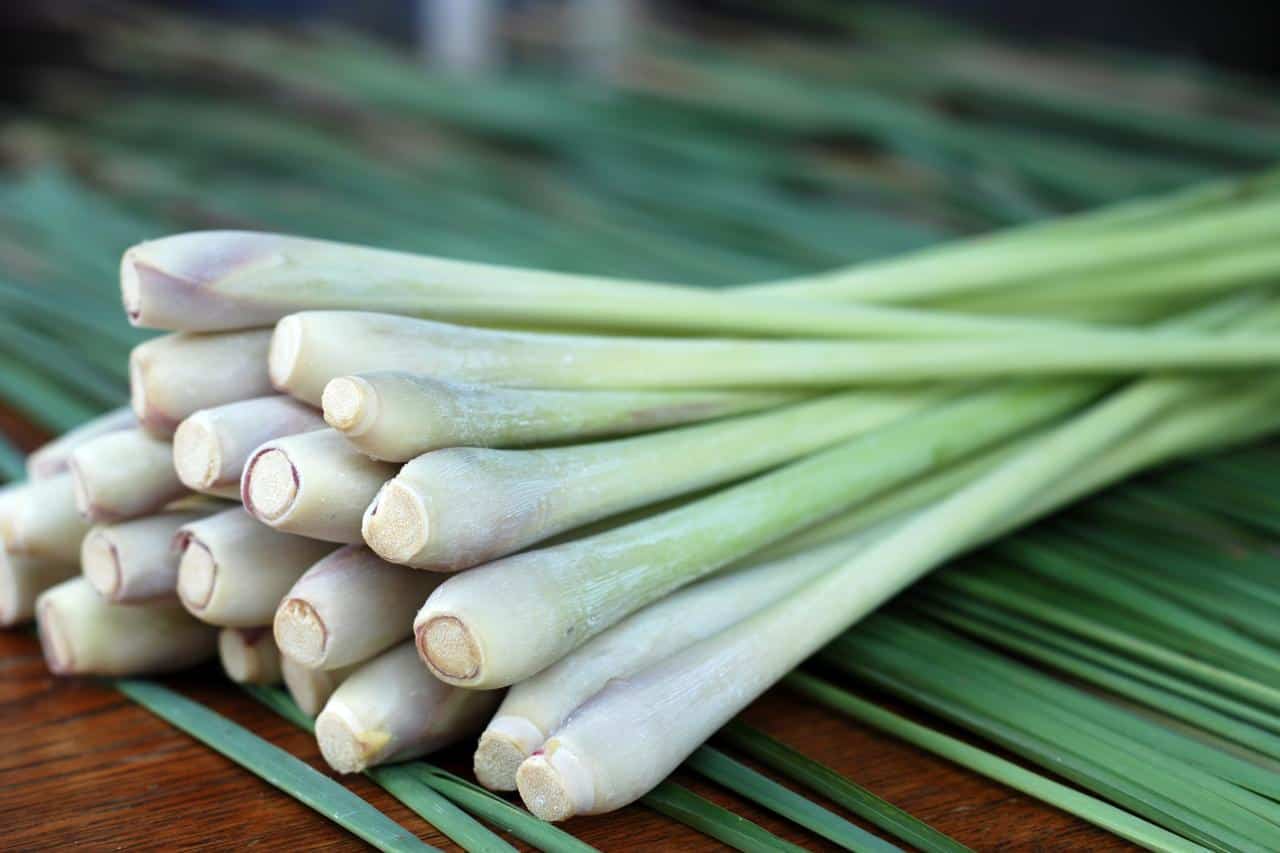

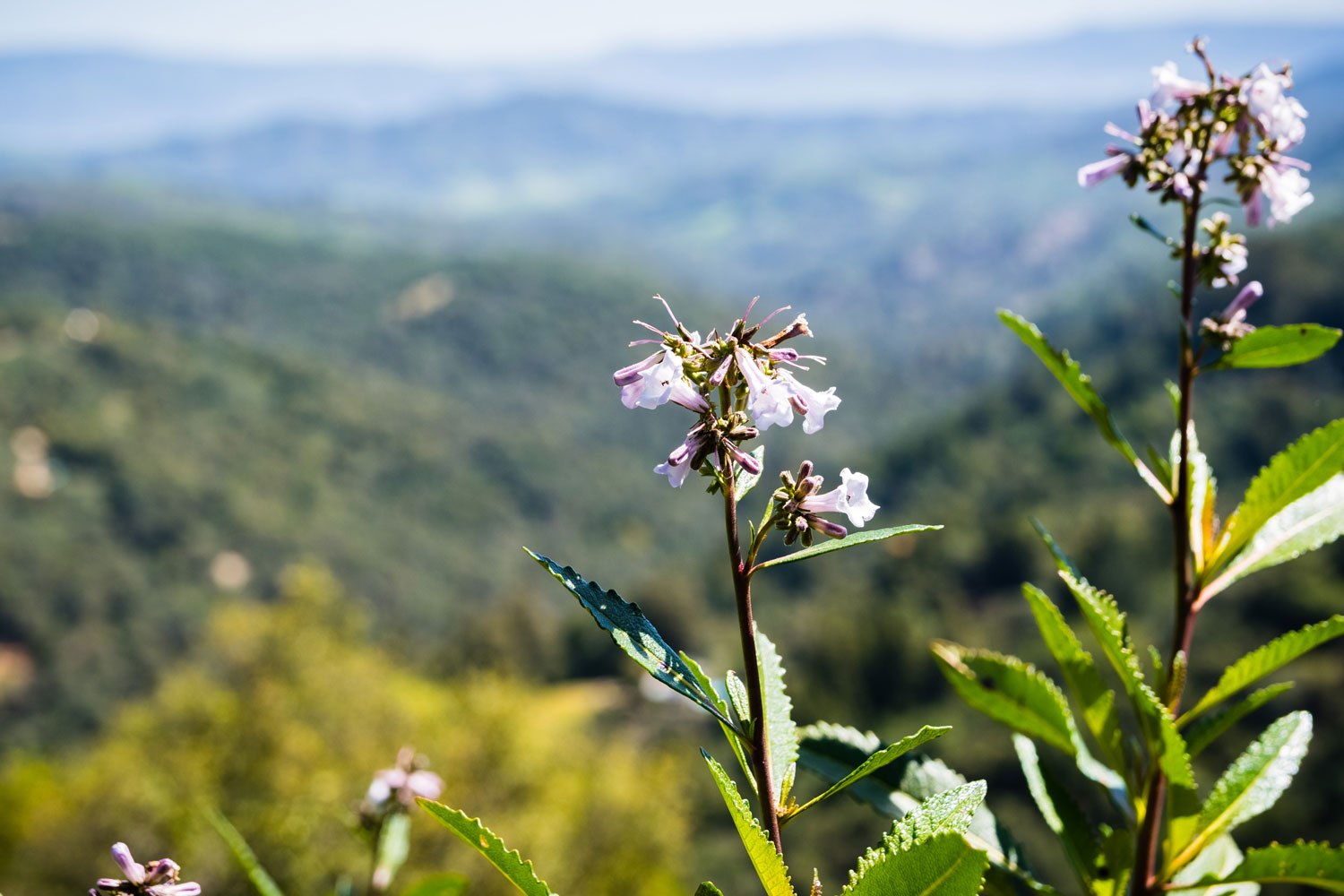
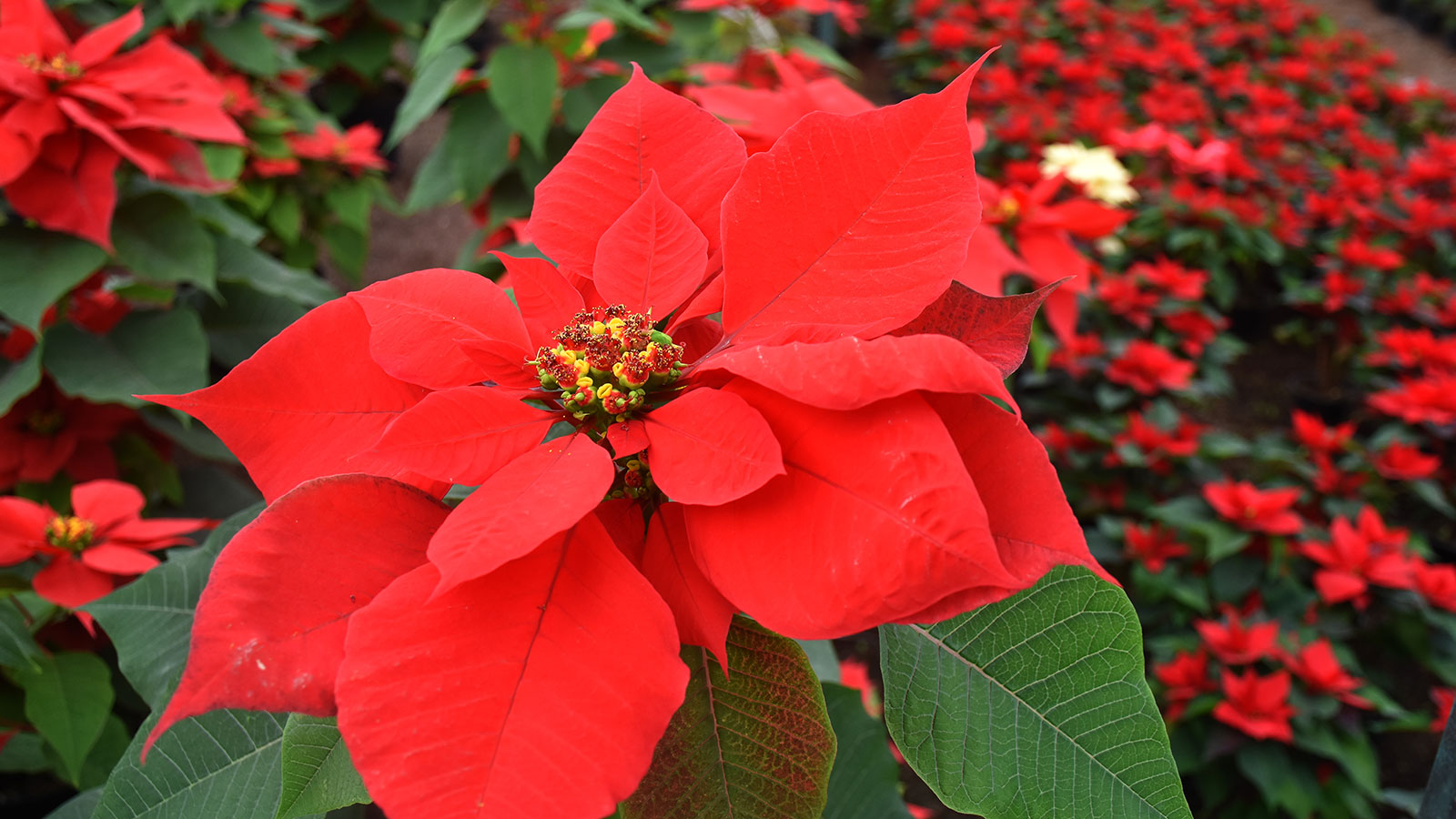
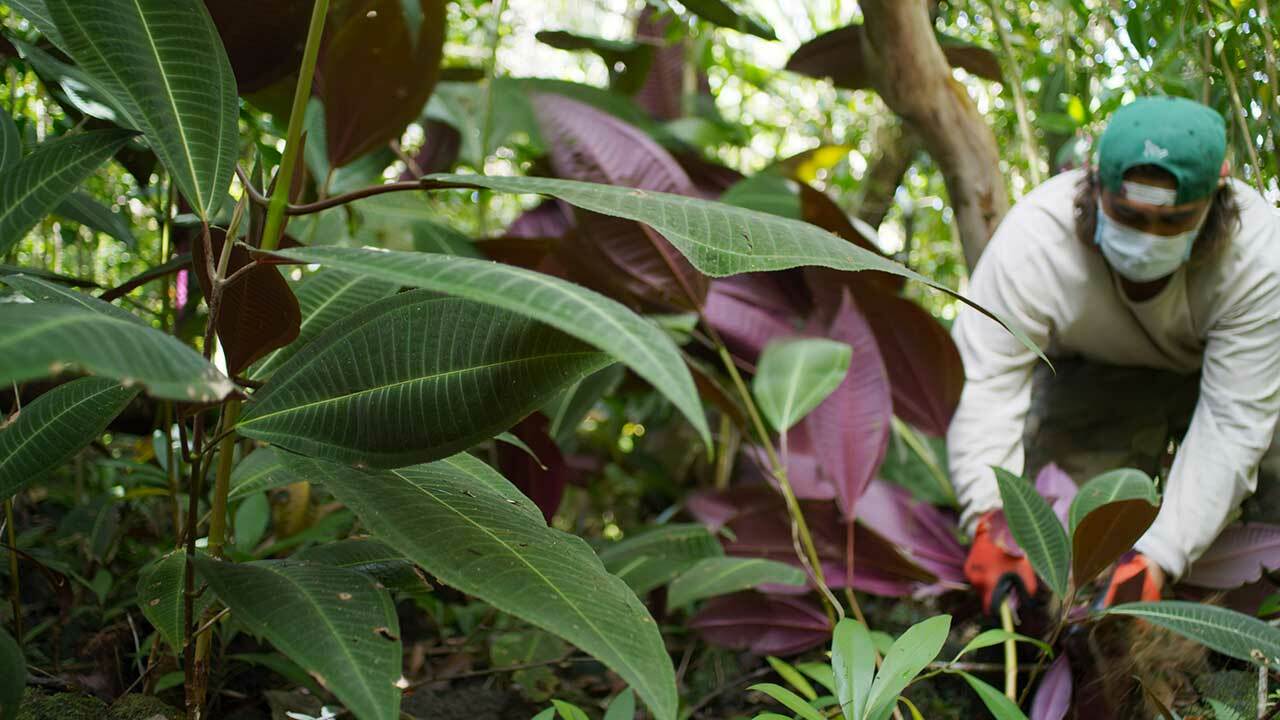
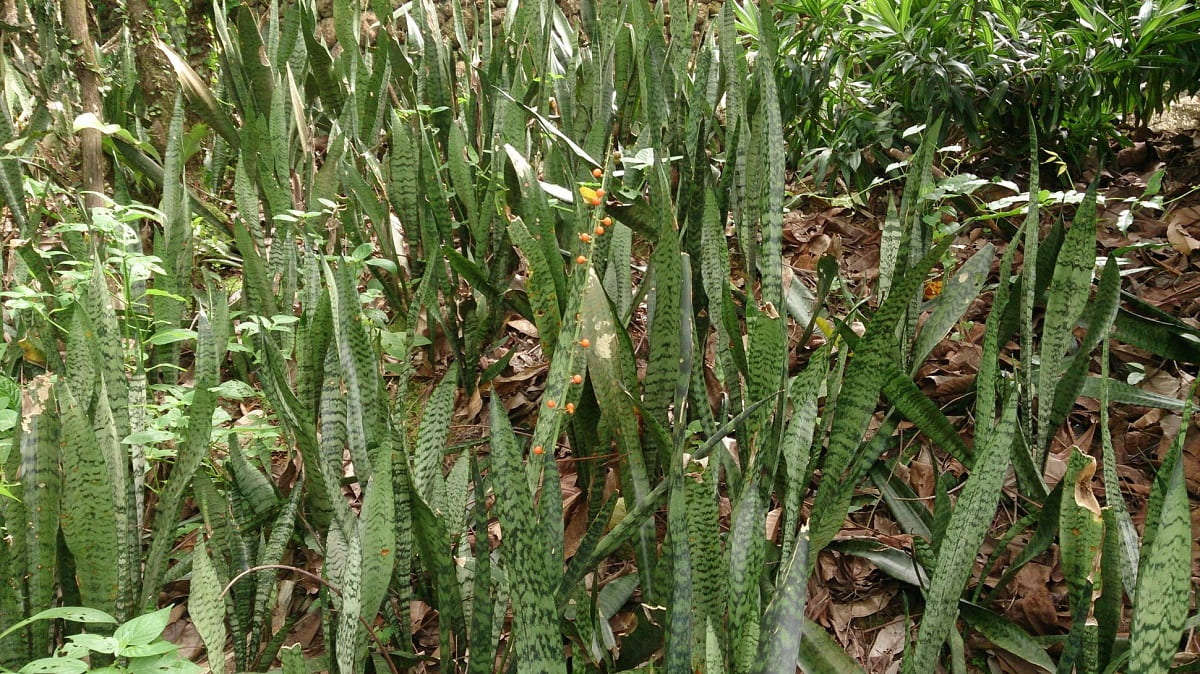
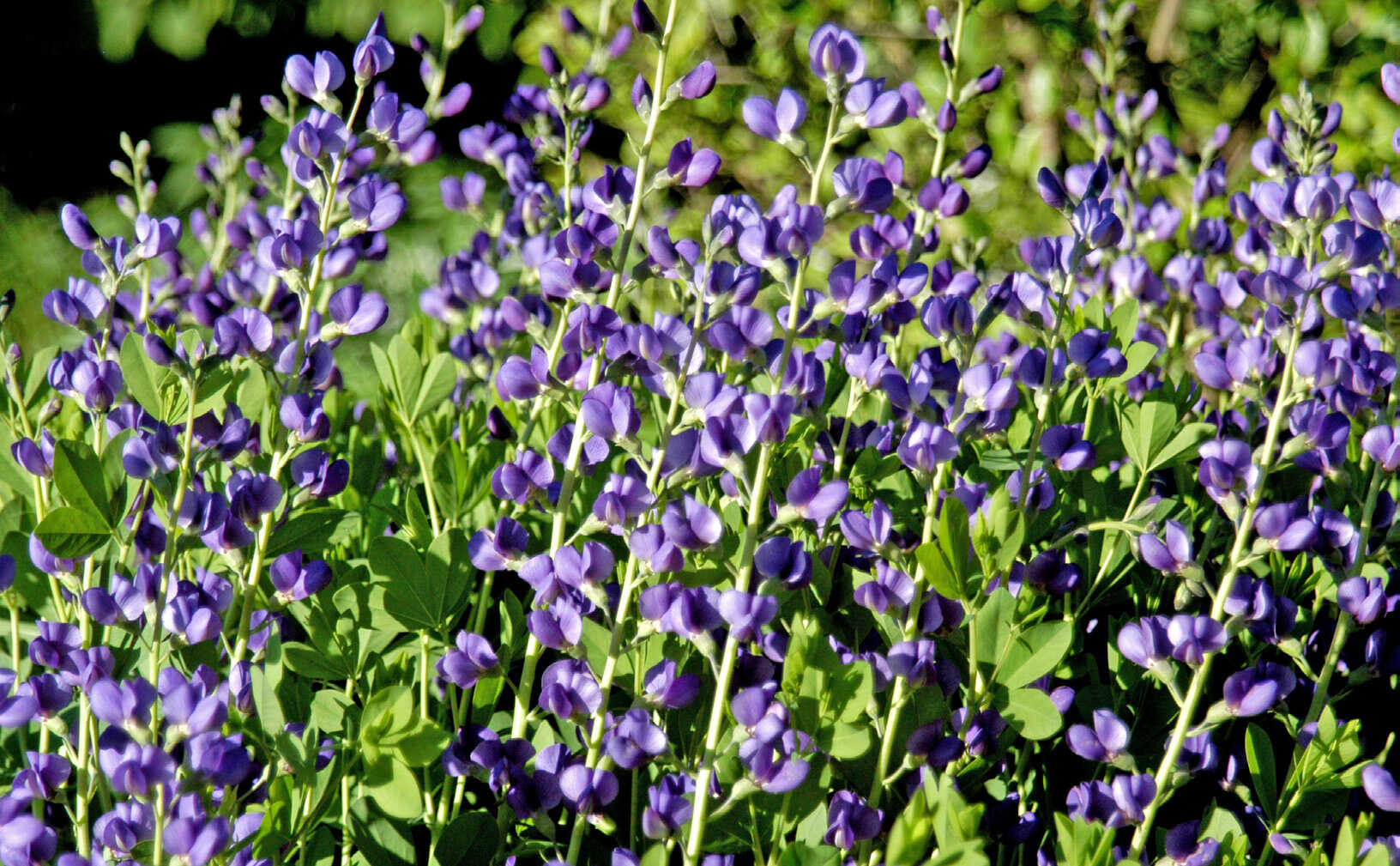

0 thoughts on “What Is A US Native Plant Substitute For Ginger”